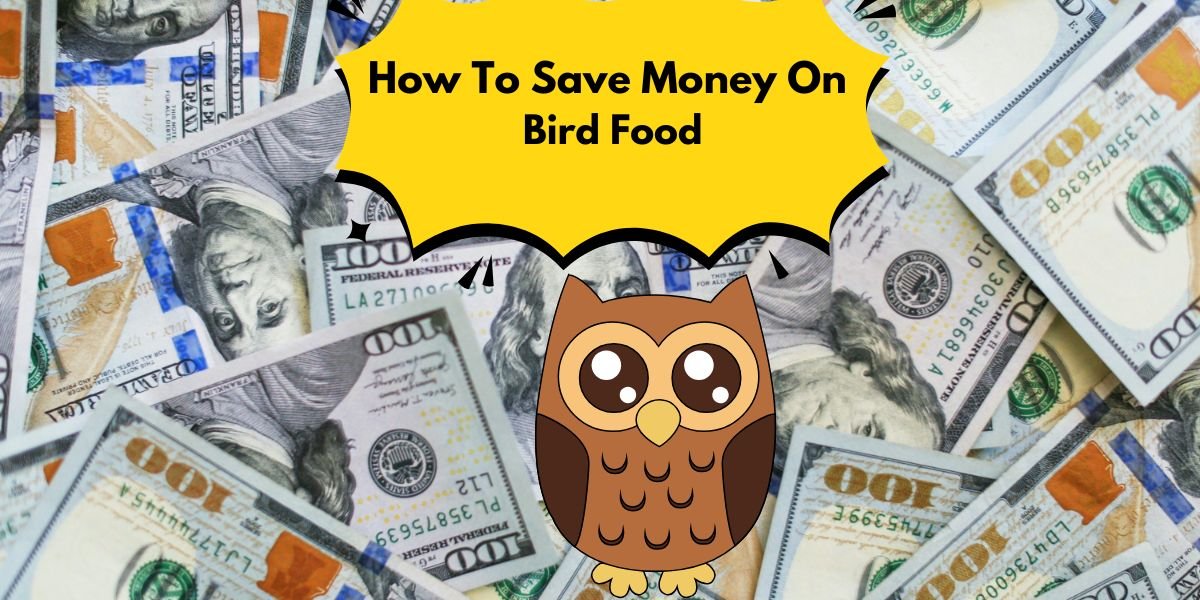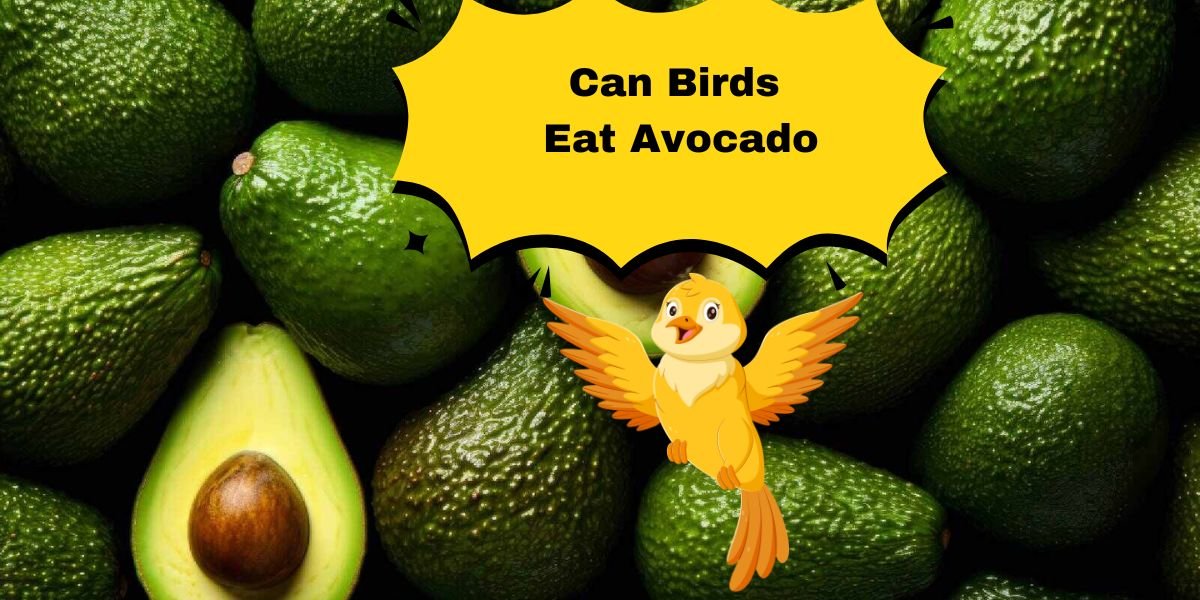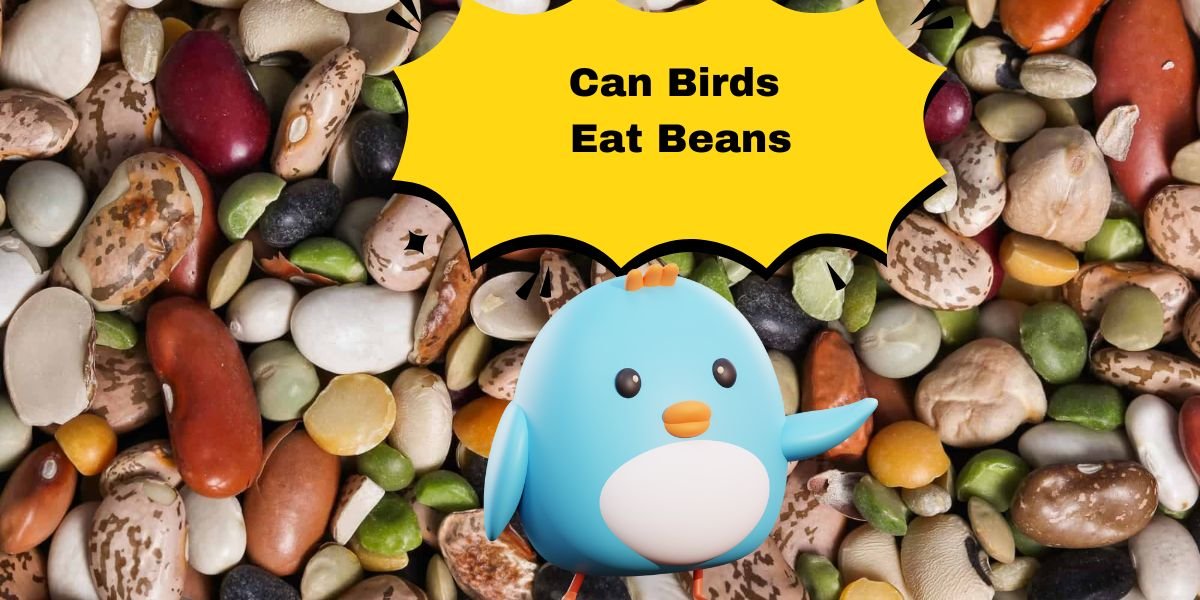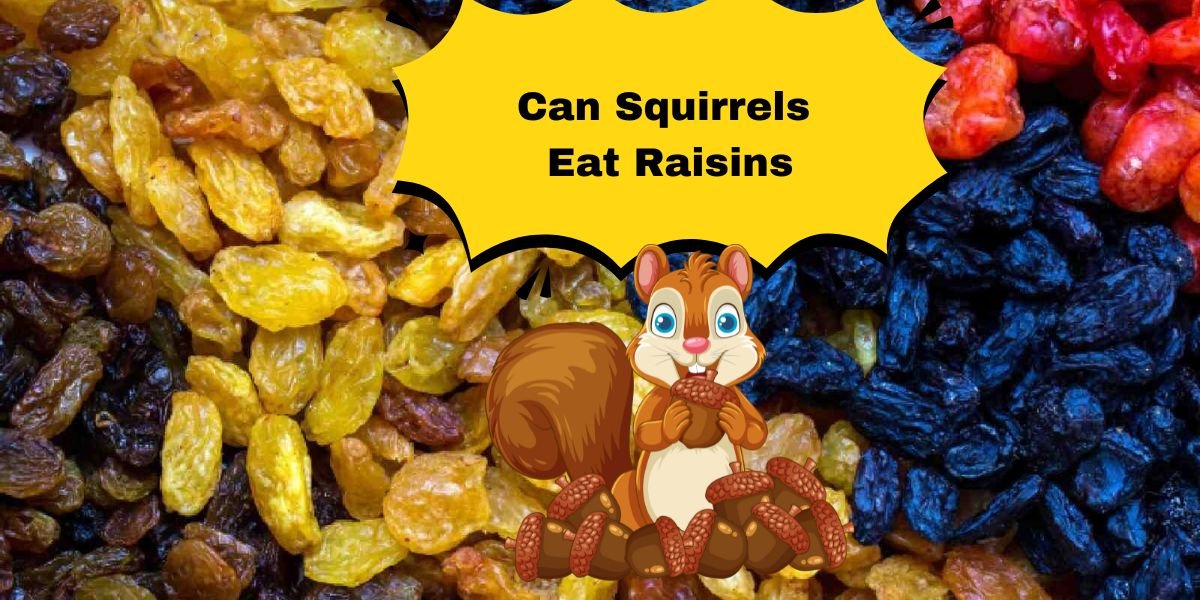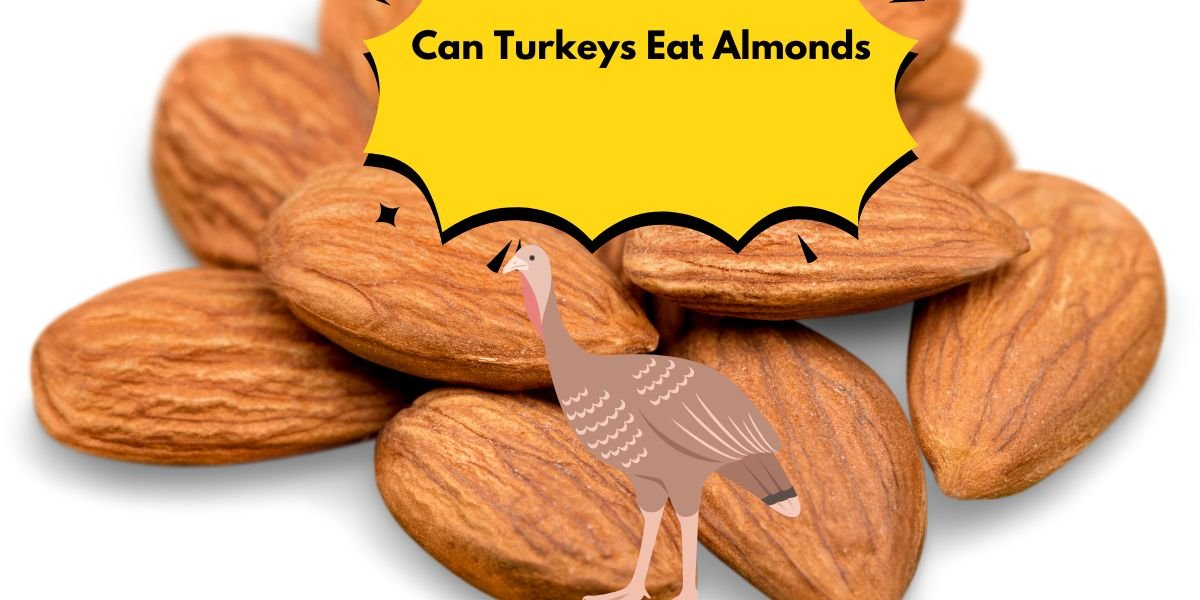How to Save Money on Bird Food
Birdwatching can be a delightful and rewarding hobby, but the cost of maintaining a vibrant backyard aviary can quickly add up—especially when it comes to purchasing bird food. While feeding our feathered friends is essential for attracting diverse species and encouraging their presence, many enthusiasts find themselves wondering: how to save money on bird food without compromising quality? The good news is that with a few clever strategies and insights into bird nutrition, you can keep your feeder full while keeping your wallet happy.
In this guide, we’ll explore innovative ways to stretch your budget further when it comes to providing nutritious meals for your avian visitors. From bulk buying tips to DIY alternatives, we’ll delve into resourceful practices that not only cut costs but also enhance the health of the birds you cherish.
Whether you’re an experienced birdwatcher or just starting, these practical suggestions will help ensure that both you and your feathered friends thrive without breaking the bank. Let’s dive in!
Smart Shopping at the Grocery Store
To save money on bird food while grocery shopping, consider exploring bulk buying options. Many stores offer discounts for purchasing larger quantities of seed or pellets, which not only reduces the cost per unit but also minimizes packaging waste. Look for local co-ops or specialty stores that may stock high-quality, bulk bird food at competitive prices—often sourced from sustainable suppliers.
- Bulk Purchases
- Alternative Seeds
- Sales and Discounts
Bulk Purchases
purchasing in bulk can be a game changer. By opting for larger quantities, you often unlock significant savings compared to buying smaller bags. Not only does this strategy reduce packaging waste—an environmentally friendly choice—but it also minimizes the frequency of trips to the store, giving you more time for birdwatching or other hobbies.
Alternative Seeds
When shopping for bird food at the grocery store, consider branching out to alternative seeds that offer both nutritional benefits and cost savings. Instead of sticking to conventional birdseed blends that are often overpriced, explore less popular grains like millet or canola seeds.

These options not only attract a diverse range of birds but are frequently available in bulk at lower prices. Purchasing generic versions of these seeds rather than brand-name products also tends to yield significant savings.
Sales and Discounts
Navigating grocery store sales and discounts can feel like a game, particularly if you’re looking to save money on niche items like bird food. Start by becoming familiar with your local store’s sales cycles; often, certain items go on sale every few weeks or around specific holidays.
Check Out Feed Stores
Feed stores often carry regionally sourced products, ensuring that your birds receive ingredients tailored to their natural diets. Engaging with knowledgeable staff can provide insights into seasonal offerings and local brands you might not find elsewhere, potentially leading you to discover healthier and more affordable alternatives that support your birds’ daily needs.
- Bulk Purchases
- Less Specialized Products
- Direct Supply Chains
- Functional Packaging
- Customer Base
Bulk Purchases
Buying in bulk often opens up opportunities to explore different types of feeds that may not be available in smaller packages. This is a chance to experiment with various ingredients—from seeds and grains to fortified pellets—enhancing the diet of your backyard birds without breaking the bank.
Less Specialized Products
less specialized products available at feed stores sometimes include seed mixes tailored for other wildlife or livestock that can double as nutritious offerings for your feathered friends. This opens up an avenue for creative feeding solutions: consider using sunflower seeds meant for poultry or wild varieties intended for local wildlife; many birds will thrive on these alternatives while sparking their instincts.
Direct Supply Chains
Many feed stores are now prioritizing sustainable practices by partnering with local suppliers who use eco-friendly methods. This not only ensures fresh and nutritious bird food but also supports community agriculture and reduces carbon footprints associated with transportation.
Functional Packaging
When it comes to sourcing bird food efficiently, feed stores have begun to prioritize functional packaging that not only preserves the freshness of their products but also supports cost-effective purchasing options. Many stores now offer bulk buying opportunities, allowing you to replenish your stock while cutting down on costs.
Customer Base
When exploring the customer base of feed stores, it’s fascinating to uncover the diverse array of individuals who flock to these establishments. Beyond just farmers purchasing livestock feed, you’ll find curious bird enthusiasts and eco-conscious urban dwellers looking for sustainable options. This growing segment is driven by a passion for backyard birdwatching and wildlife conservation.
Consider a DIY Mix
Crafting your bird food mix is a delightful and economical way to attract feathered friends to your garden while keeping your budget in check. By combining ingredients such as sunflower seeds, millet, and dried fruit, you can create a nourishing blend tailored to the preferences of local bird species.
Not only does this DIY approach allow for customization—ensuring you include nutritious elements that appeal specifically to the birds in your area—but it also provides an opportunity to avoid unnecessary fillers often found in commercial blends.
Basic Ingredients for a Balanced Mix
Here are some tips and ideas for making your bird feed mixes:
- Black Oil Sunflower Seeds
- Millet
- Cracked Corn
- Nyjer (Thistle) Seeds
- Peanuts
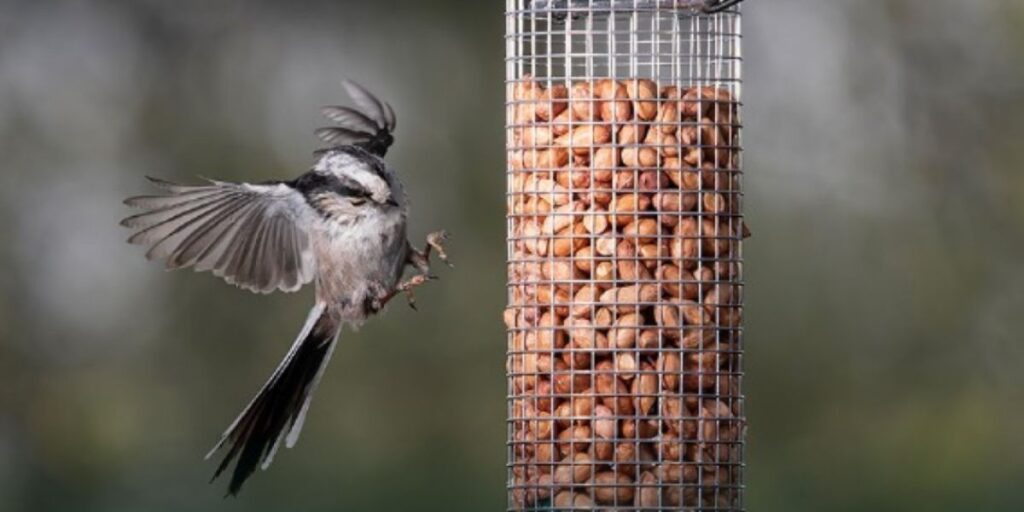
Black Oil Sunflower Seeds
To save money on bird food while maximizing your feathered visitors, consider purchasing black oil sunflower seeds in bulk or through local co-ops, where prices often dip significantly compared to retail stores. You might also explore creating your own feeders or using recycled materials that allow you to refashion existing supplies into new feeding stations. This way, you minimize waste while providing birds with easy access to nutrient-rich foods like sunflower seeds.
Millet
Millets, often touted as a super grain, are the unsung heroes of the bird food world. Not only do they provide essential nutrients for our feathered friends, but they also come at a fraction of the cost compared to more conventional seeds.
Cracked Corn
Cracked corn is often seen as a humble ingredient in the world of bird food, but it holds significant potential for both your feathered friends and your wallet. When looking for ways to save money on bird food, incorporating cracked corn can be an economical choice as it’s commonly sold in bulk and is generally cheaper than many specialized seed mixes.
Nyjer (Thistle) Seeds
Nyjer seeds, often referred to as thistle seeds, are a favorite among many birdwatchers and enthusiasts due to their high oil content and nutritional benefits for finches and other small birds. buying quality bird food can be expensive, which leads many to seek ways how to save money on bird food without compromising the dietary needs of our feathered friends.
Peanuts
Peanuts are not just a popular snack; they play a pivotal role in bird feeding and can help you save money on bird food. When mixed with seeds, peanuts provide essential protein and energy for your feathered friends, all while being relatively inexpensive compared to specialized bird mixes.
Specialty Additions
Specialty additions can elevate your bird-feeding experience while also saving you money. By incorporating more unique ingredients, like dried fruits, seeds from local farms, or even homemade suet cakes, you invite a wider variety of birds to your feeder.
- Suet
- Dried Fruits
Suet
Many commercial suets can be pricey, yet making your own at home using simple ingredients like lard or vegetable shortening combined with seeds can significantly cut costs. To truly amplify your savings on bird food while making your backyard an avian paradise, consider creating suet cakes in bulk. Batch preparations allow you to take advantage of sales on ingredients while minimizing waste – simply store extras in airtight containers within the freezer.
Dried Fruits
Dried fruits are not only a delightful snack for us but also serve as an economical option when considering bird food. Many pet owners often overlook the potential of incorporating dried fruits like apricots, cranberries, and apples into their birds’ diets.
These nutrient-dense treats offer essential vitamins, minerals, and natural sugars that can benefit avian health while simultaneously reducing expenditures on packaged bird feed.
Tips for DIY Bird Feed Mixes
There are some tips for diy bird feed mixes.
- Know Your Birds
- Quality Matters
- Storage
- Experiment
Know Your Birds
Understanding the diverse dietary needs of your birds is key to both their health and your wallet. Many bird owners might not realize that certain seeds and pellets can cost significantly more than homemade alternatives. By mixing seeds with fresh fruits and vegetables tailored to your bird’s species, you not only enhance nutrient intake but also cut down on that hefty store-bought bill.
Quality Matters
High-quality bird food fosters healthier avian visitors who are less prone to disease and malnutrition. Birds drawn to nutrient-rich options will visit more consistently and may even bring their friends along—expanding your backyard’s appeal without additional investment.
Storage
Effective storage plays a crucial role that often goes overlooked. Opting for airtight containers not only keeps your seed fresh but also protects it from pests that can quickly turn your savings into a waste of resources.
Experiment
Experimenting with different types of bird food can significantly cut costs while still attracting a variety of feathered friends to your backyard. Instead of purchasing pre-packaged mixes, consider assembling your own by blending bulk grains and seeds.
Sunflower seeds, millet, and cracked corn can be sourced from local farms or feed stores at a fraction of the price found in retail packaging. This approach not only saves money but also allows you to customize blends based on the specific birds visiting your area.
Adjusting Seed Distribution Seasonally
Adjusting seed distribution seasonally can be a game-changer for bird enthusiasts looking to save money on bird food while still attracting a diverse array of feathered friends. By tailoring the type and quantity of seeds you offer based on seasonal patterns, you can ensure that you’re not over-supplying during periods when fewer birds visit your feeders.
For instance, during spring and summer months when natural food sources are abundant, consider reducing your feeding frequency or opting for premium seed blends that cater to specific species drawn by their breeding habits.
Consider Hummingbird Feeders
Hummingbird feeders not only attract these vibrant birds but can also offer an economical way to enjoy birdwatching without frequent trips to the store for expensive bird food. By making your nectar at home, you can save a significant amount of money while ensuring your feathered friends get the best quality sustenance.
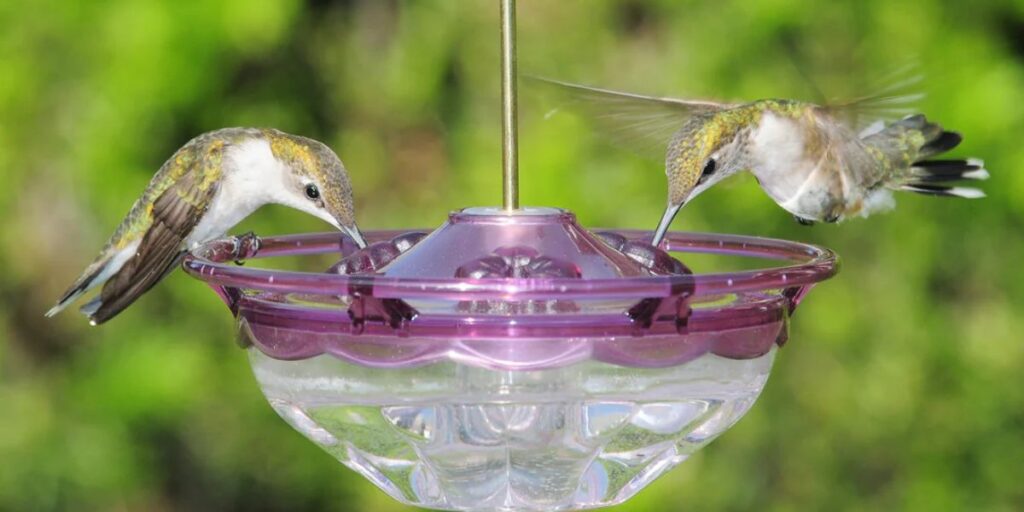
Waste Not, Want Not
Many bird lovers often overlook one crucial factor: the economic implications of their feeding choices. By adopting a Waste Not, Want Not philosophy, you can stretch your dollar further while still providing high-quality nourishment for your avian companions.
One effective strategy is to buy in bulk; larger quantities of seeds or blends typically come at a lower cost per pound, reducing frequent trips to the store and cutting down on packaging waste.
Final words
Saving money on bird food is achievable through a combination of smart shopping strategies and creative solutions. By purchasing in bulk, exploring local suppliers, and considering DIY bird food options, you can significantly reduce your expenses while still providing quality nutrition for your feathered friends.
keeping an eye out for sales and coupons can help you take advantage of discounts that further stretch your budget. Remember to also choose bird food based on the specific needs of the species visiting your yard to avoid waste. Start implementing these tips today and enjoy both savings and the joy of attracting vibrant birds to your outdoor space!

